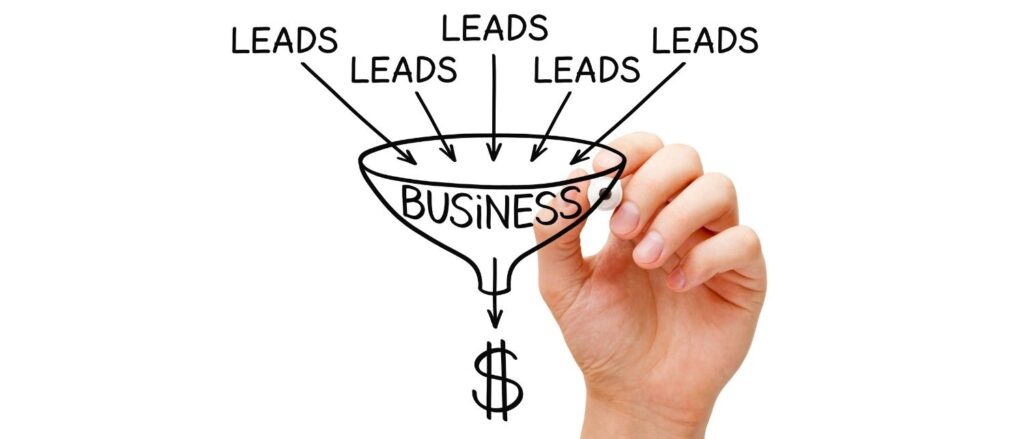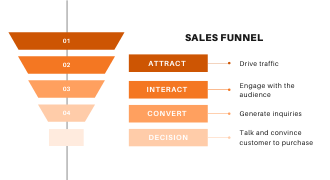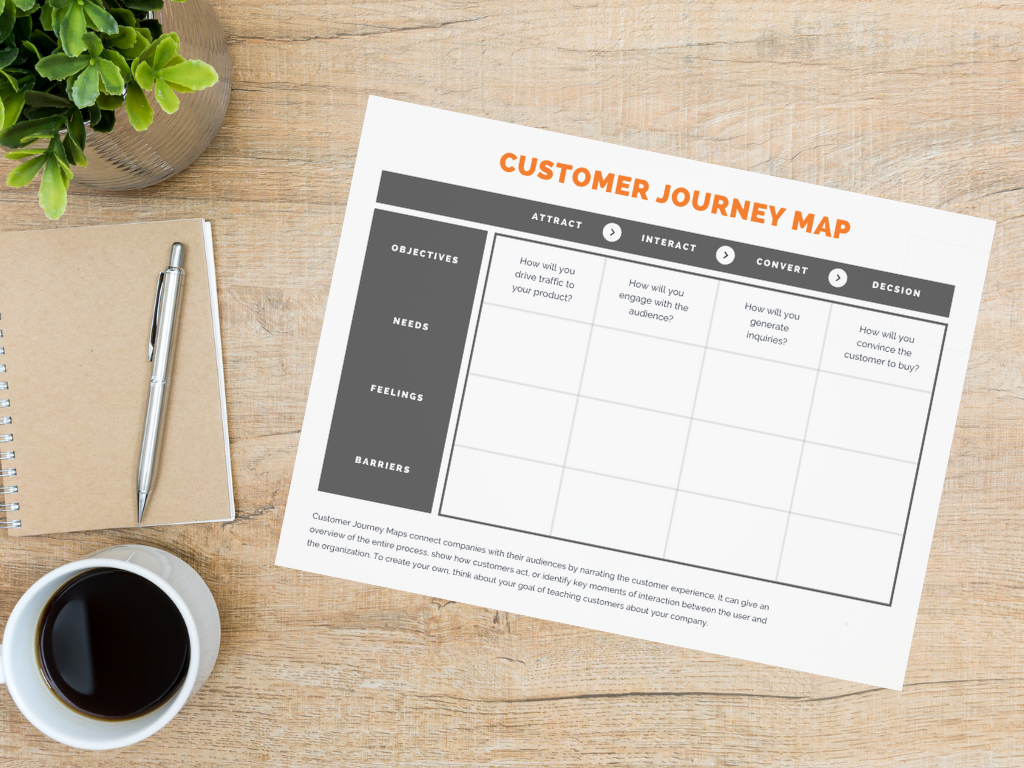What Are Sales Funnels and Why Are They Important?

Growing a business is nearly impossible without increasing sales, but converting prospects into paying customers doesn’t just happen on its own. It takes a lot of planning, analysis, and perseverance.

Nearly every customer goes through what is known as a customer journey, which is a sum of experience every prospect goes through before becoming paying customers.
Mapping out customer experience becomes pretty easy when you use sales funnels, particularly if you want to convert prospects into paying customers.

Mind-blowing facts:
● According to Salesforce, 68% of companies that don’t use sales funnels struggle to convert leads into sales.
● If you don’t use any sales funnel in your business, you only have 30% chances of converting your leads into sales.
● 95% of customers prefer buying from a business that sends them quality content before asking them to buy.
● Companies that use sales funnels are 62% more likely to maximize sales.
● 79% of qualified marketing leads are not converted to sales without using a sales funnel.
● Only 5% of salespeople believe it’s possible to convert marketing leads without using a sales funnel.

As the above statistics indicate, having a sales funnel plays a crucial role in developing businesses. However, first things first:
What are sales funnels?
According to Digital Marketing.Org, a sales funnel is the customer journey the potential journey customers go through to purchase. Let’s use this story to illustrate how a sales funnel works.

Rob has been looking for an affordable App that he and his team can use to make orders from their mobile devices. He spends five days researching and reading several blogs. He stumbles on a blog post with the following title: “Mobile Purchase Orders: find out how they work”. He reads it from the beginning to the end. The post has a “sign up for a 14-day trial” call to action; he decides to sign up to see how the system works.

After an hour, Rob receives an unusual call from a number he doesn’t recognize. When he picks up, a polite female voice greets him: “Good morning, my name is Priscilla from Pronto Purchase Orders. I can see that you had just signed up for our trial a few minutes ago. I just wanted to find out if there is any way I can assist you?”

Rob asks Priscilla a series of questions and to email him some additional information. Priscilla confirms his email and sends the information. After a few days, Rob agrees to have a demo with Priscilla’s colleague, John, from her sales team. John demonstrates to Rob how the application works. Rob likes how the App works and decides that it is precisely what he needs. After a few days, he follows up signs as a paying customer.

What Rob was not aware of was he went through a sales funnel. From the minute he read Pronto’s blog post to when he signed up for a 14-day trial and then became a subscriber.

Why sales funnels are important
Sales funnels help you visualize every stage a prospect has to go through before becoming a paying customer. You will be able to analyze and identify areas for improvement. For instance, if you notice that most prospects tend to reject your services after receiving a demo, you can go back and improve that area. The more you identify pitfalls in your sales process, the greater are the chances of making your process flawless.

Sales closure
The ultimate goal of using a sales funnel is to convert leads into paying customers. How do you do this? You use AIDA, an acronym that stands for Awareness, Interest, Desire, and Action.
How sales funnel works

1. Awareness
At this stage, a prospect learns about your company and how you can help solve his business. The awareness may happen after a prospect watches one of the videos you posted on social media, reading a blog, or posting a social media post.
Sometimes prospects become aware of your brand through word of mouth or a Google My Business review. Or even by simply searching for your services or products on Google. So if you have been publishing SEO-optimized content, your blog post will appear when they type in the exact keywords related to your industry.
Example: Rob realizes that his business needs an online purchase order application. He types in “best online purchase order system” articles published by Sage, Quickbooks, ProcurementExpress, and Pronto appear on the first page of Google. He decided to open Pronto’s article and become aware of their brand.

2. Interest
At this, the prospect begins to interact with your brand by reading your website, a blog post, a video, etc. They are researching your services or products to see if what you offer can help solve their problems. Your goal is to use content to answer some of the questions prospects might have. As prospect do their research, they will realize how you will help them solve their problem.
Example: Rob learns that Pronto has an online purchase order App allows business owners to reject or approve purchase orders on the go. He decides that he wants to know how the App works, and he signs up for a 14-day free trial.

3. Action
At this stage, the prospect is ready to make a purchase, but you have to lead them to decide. You may present your product or service to the prospect and allow them to ask you any question. After the presentation, you let the potential customer ask you as many questions as possible.
Example: Rob receives a call from Priscilla trying to book him for a demo with John. Rob agrees to have a demo. During the Demo, Rob learns how the Pronto App works well and decides that it’s a good fit. He begins to ask about pricing, and John answers all his questions.
Next John asks Rob when he would like to start using Pronto; Rob says he would like to use the system immediately. He asks John to send him Pronto pricing information to choose a subscription package that suits him.

4. Decision
At this stage, a prospect decides to become your customer. They may ask you to provide methods of payment and make a payment. For instance, if you are an e-commerce business, you will acknowledge the customer’s payment and then tell them when their product will be shipped.
Your job doesn’t end there; you have to retain customers by providing world-class customer service. In a situation where customers have questions or concerns, you should be available to help them.
Example: Rob decides to pay for the Pronto App and become a paying customer. He receives an email immediately after acknowledging his payment. A few minutes after paying, Vincent from Pronto’s service team calls Rob to schedule time for the onboarding process.
Remember, your sales funnel should be high converting for it to be beneficial for your business. The most critical part of the funnel is the decision in the final stage. Just make sure that everything at this stage is pitch-perfect. Ensure that processing payment for customers is easy and doesn’t take long. Minimize the number of form fields customers have to use.
For more information on getting your sales funnel “Conversion Ready”, contact Big Hit Creative at 972.850.7312. We’re always happy to help plan, create and implement a winning strategy.

Download Our Customer Journey Map
A customer journey map is a representation of the customer journey. It helps businesses tell the story of your customers’ experience throughout the buying process.





